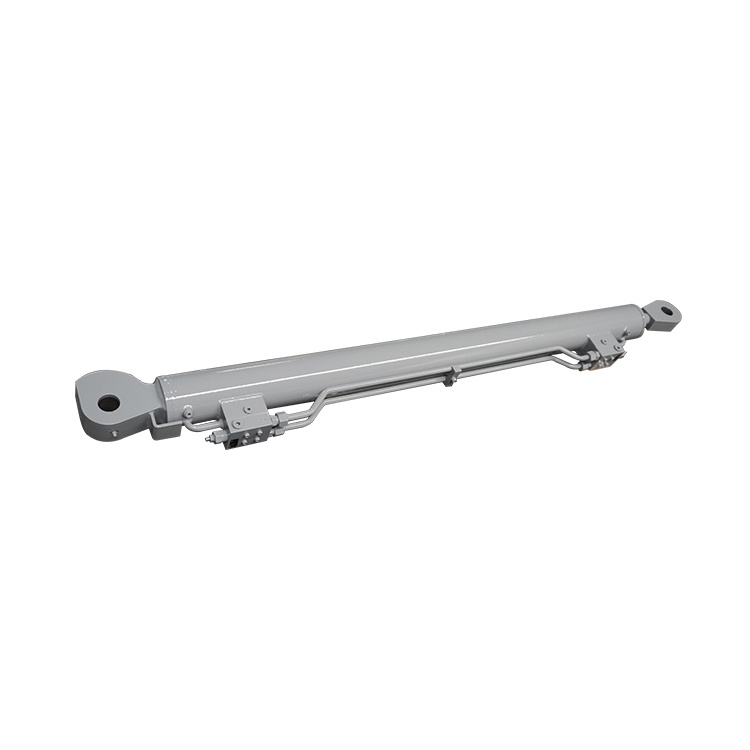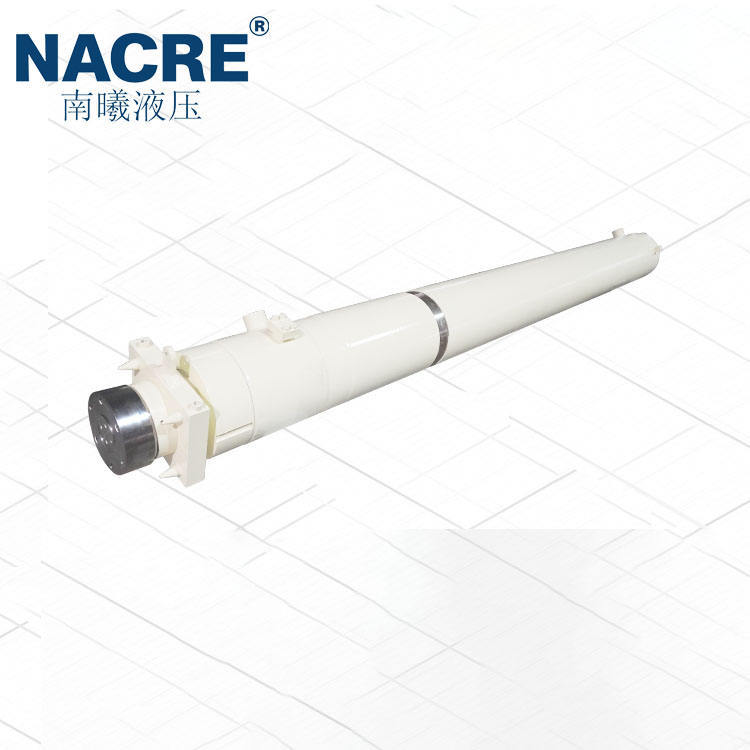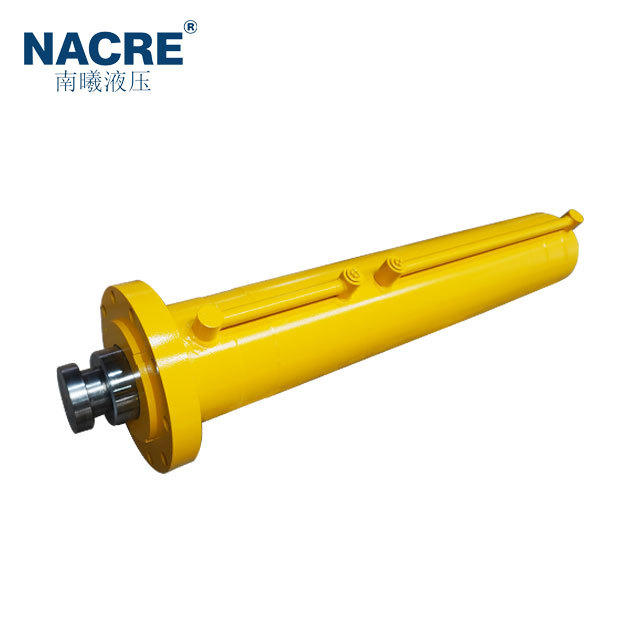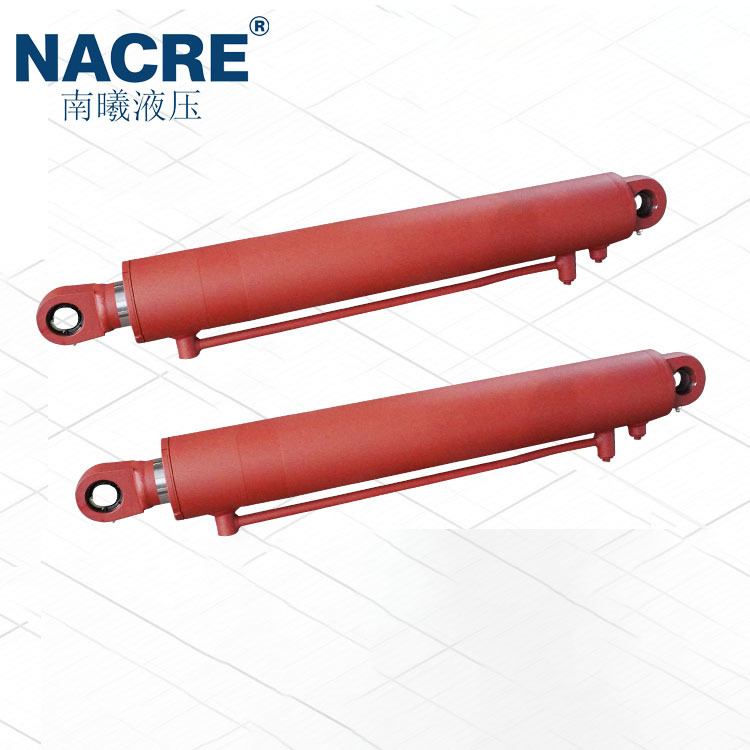Understanding the Essential Function of Tower Crane Hydraulic Cylinders in Modern Construction
2025-10-04
Understanding the Essential Function of Tower Crane Hydraulic Cylinders in Modern Construction
Table of Contents
- 1. Introduction to Hydraulic Cylinders in Tower Cranes
- 2. What is a Hydraulic Cylinder?
- 3. How Tower Crane Hydraulic Cylinders Work
- 4. The Importance of Tower Crane Hydraulic Cylinders in Construction
- 5. Types of Hydraulic Cylinders Used in Tower Cranes
- 6. Applications of Tower Crane Hydraulic Cylinders in Construction Projects
- 7. Maintenance and Care of Hydraulic Cylinders
- 8. Common Issues and Solutions Related to Hydraulic Cylinders
- 9. Conclusion
- 10. Frequently Asked Questions (FAQs)
1. Introduction to Hydraulic Cylinders in Tower Cranes
In the realm of construction, **tower cranes** are indispensable for lifting and moving heavy materials. A pivotal component of these cranes is the **hydraulic cylinder**, which enables the crane to perform its vital functions with precision and efficiency. This article will explore the fundamental role of tower crane hydraulic cylinders, shedding light on their design, operation, and overall significance in construction.
2. What is a Hydraulic Cylinder?
A hydraulic cylinder is a mechanical actuator that converts hydraulic energy into linear motion. It consists of a cylindrical barrel, a piston, and two ports for fluid entry and exit. When hydraulic fluid is pumped into the cylinder, it creates pressure that pushes the piston, thereby producing movement. Hydraulic cylinders are essential in applications that require significant force, such as lifting heavy loads, which is why they are integral to tower cranes.
3. How Tower Crane Hydraulic Cylinders Work
Tower crane hydraulic cylinders function by utilizing hydraulic fluid, typically oil, to generate the necessary force for lifting. When the operator inputs a command, the hydraulic pump sends fluid into the cylinder, creating pressure that moves the piston. This motion translates into the lifting of the crane's boom or load.
The hydraulic system's efficiency and responsiveness allow for precise control over movements, enabling operators to maneuver heavy materials smoothly and accurately. This capability is crucial for maintaining safety and efficiency on construction sites.
4. The Importance of Tower Crane Hydraulic Cylinders in Construction
The significance of hydraulic cylinders in tower cranes cannot be overstated. Their ability to lift substantial weights while maintaining stability and precision ensures that construction projects run smoothly. Here are key reasons why hydraulic cylinders are vital:
4.1. Enhanced Lifting Capacity
Hydraulic cylinders can exert tremendous force, allowing tower cranes to lift heavy materials that would be impossible with mechanical systems alone. This capability is essential for large-scale construction projects.
4.2. Precision Control
The design of hydraulic systems permits fine control over load movements. Operators can make small adjustments easily, reducing the risk of accidents and improving overall safety on the job site.
4.3. Versatility in Construction Applications
Tower cranes equipped with hydraulic cylinders can perform a myriad of tasks, including lifting, lowering, and rotating loads. This versatility makes them suitable for various construction scenarios.
4.4. Reliability and Durability
Hydraulic cylinders are built to withstand significant stress and wear, making them reliable components in heavy machinery. Their durability ensures that tower cranes can operate effectively over extended periods.
5. Types of Hydraulic Cylinders Used in Tower Cranes
Several types of hydraulic cylinders are utilized in tower cranes, each designed to meet specific operational requirements. Understanding these types can help in selecting the right cylinder for particular applications.
5.1. Single-Acting Hydraulic Cylinders
In single-acting cylinders, hydraulic fluid is supplied to one side of the piston only, using gravity or another force to return the piston to its original position. These cylinders are suitable for applications with limited movement requirements.
5.2. Double-Acting Hydraulic Cylinders
Double-acting cylinders can apply force in both directions, allowing for more versatile applications. This design is commonly employed in tower cranes as it provides greater control over both lifting and lowering operations.
5.3. Telescopic Hydraulic Cylinders
Telescopic cylinders consist of multiple nested cylinders, allowing for extended reach in a compact design. These are particularly useful for tower cranes that need to lift loads over significant heights while maintaining a smaller footprint.
6. Applications of Tower Crane Hydraulic Cylinders in Construction Projects
Tower crane hydraulic cylinders play a crucial role across various construction applications, enhancing efficiency and safety. Some primary applications include:
6.1. Lifting Materials
One of the most apparent uses of hydraulic cylinders in tower cranes is lifting materials such as steel beams, concrete blocks, and other heavy loads. The force generated by hydraulic systems makes this process seamless and efficient.
6.2. Positioning and Maneuvering
Hydraulic cylinders enable cranes to position loads accurately. Operators can tilt, rotate, and move loads into precise locations, which is particularly important in complex construction projects.
6.3. Support and Stability
Hydraulic cylinders contribute to the stability of the crane itself. By facilitating controlled movements, they help maintain balance and prevent accidents during operation.
6.4. Demolition and Heavy Lifting
In demolition projects, tower cranes can use hydraulic cylinders to safely dismantle structures, lifting debris and materials away from the site efficiently.
7. Maintenance and Care of Hydraulic Cylinders
Proper maintenance of hydraulic cylinders is essential for ensuring their longevity and optimal performance. Here are some best practices:
7.1. Regular Inspections
Conducting routine inspections helps identify potential issues before they escalate. Look for signs of leaks, corrosion, and wear on seals.
7.2. Fluid Checks and Replacement
Maintaining the correct hydraulic fluid levels is crucial for optimal performance. Periodically check the fluid for contamination and replace it as necessary to ensure smooth operation.
7.3. Seal Maintenance
Seals are vital for preventing leaks and maintaining pressure within the hydraulic system. Regularly inspect and replace seals to avoid performance issues.
7.4. Cleaning and Lubrication
Keeping hydraulic cylinders clean and properly lubricated reduces friction and wear, extending their lifespan and efficiency.
8. Common Issues and Solutions Related to Hydraulic Cylinders
While hydraulic cylinders are robust, they can encounter issues that may impact performance. Here are common problems and their solutions:
8.1. Hydraulic Leaks
**Issue:** Leaks can occur due to worn seals or damaged hoses.
**Solution:** Inspect seals and hoses regularly, replacing any that show signs of wear or damage.
8.2. Reduced Cylinder Performance
**Issue:** Sluggish or unresponsive cylinders often indicate low fluid levels or contamination.
**Solution:** Check fluid levels and quality, topping up or replacing fluids as needed.
8.3. Cylinder Misalignment
**Issue:** Misalignment can lead to uneven wear and decreased efficiency.
**Solution:** Regularly inspect and adjust the alignment of cylinders to ensure proper operation.
8.4. Overheating
**Issue:** Excessive heat can damage hydraulic components and fluid.
**Solution:** Ensure adequate cooling and ventilation in the hydraulic system to prevent overheating.
9. Conclusion
Tower crane hydraulic cylinders are essential components that significantly enhance the capabilities of modern construction equipment. Their ability to provide powerful lifting, precise control, and reliable operation makes them indispensable in construction projects worldwide. By understanding the function, types, and maintenance of hydraulic cylinders, construction professionals can ensure optimal performance and safety on their job sites.
10. Frequently Asked Questions (FAQs)
What are the primary functions of hydraulic cylinders in tower cranes?
Hydraulic cylinders primarily provide lifting power, precision control, and stability for tower cranes, enabling them to handle heavy materials efficiently.
How often should hydraulic cylinders be inspected?
Regular inspections should be conducted at least once every month or as required based on the frequency of use and the specific operating conditions.
What types of hydraulic fluids are commonly used?
Hydraulic fluids vary, but mineral oils and synthetic fluids are the most commonly used due to their excellent lubricating properties.
What are the signs of hydraulic cylinder failure?
Common signs include hydraulic leaks, reduced performance, excessive noise, and overheating during operation.
Can hydraulic cylinders be repaired if damaged?
Yes, many hydraulic cylinder issues can be repaired, such as seal replacements and minor component fixes. However, severe damage may require complete replacement.
By focusing on the critical elements of hydraulic cylinders and their applications, this article provides a comprehensive understanding of their role in tower cranes and construction overall.
Previous Page
Previous Page
Questions?
We are here to help.







